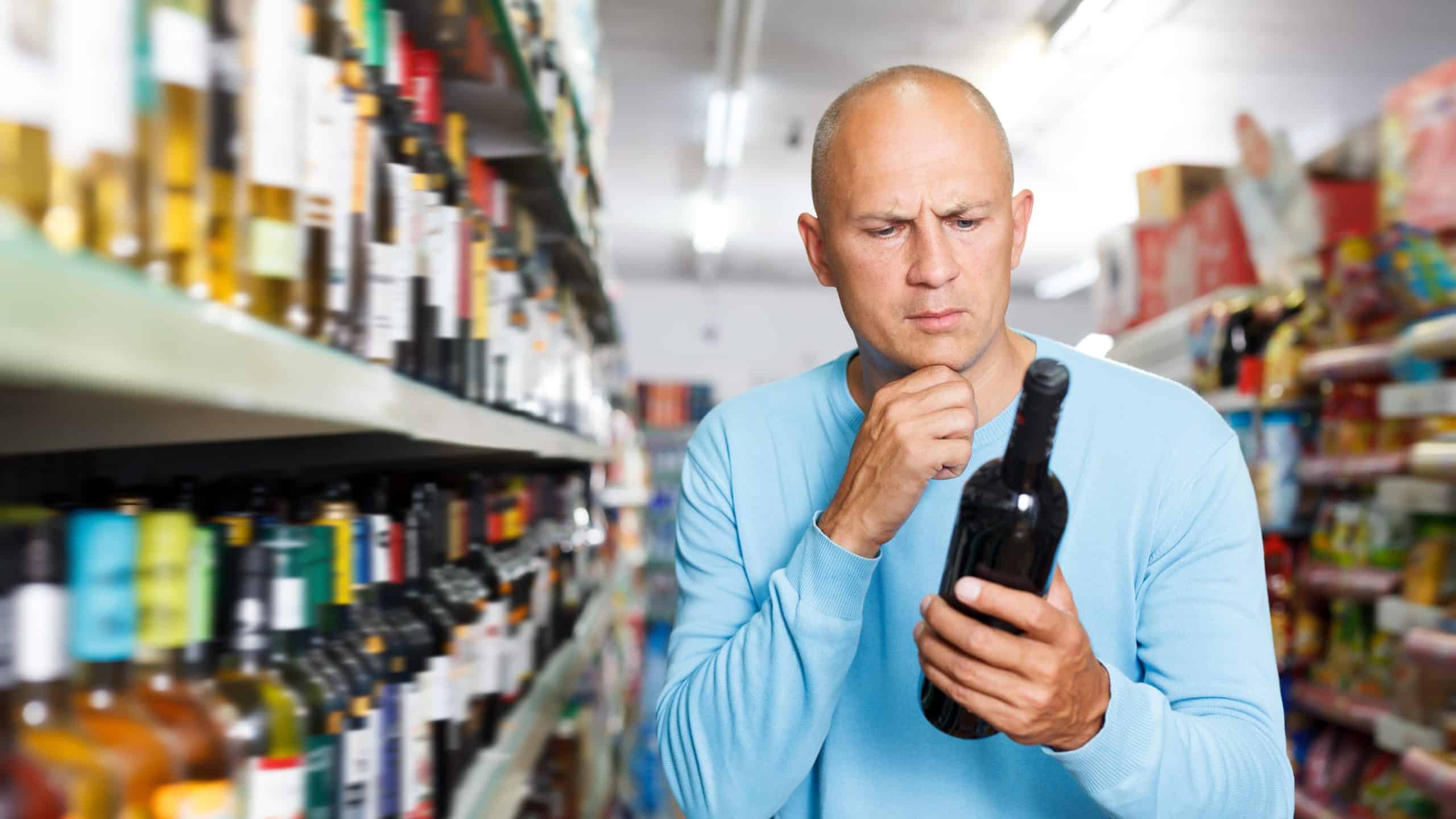Judging by the legal definition given to wine from grapes: wine is a food product [1], which means, as with any food, that it should have a shelf life, a time in which it should be consumed, in order to enjoy its positive qualities at their best.
On the other hand, specialists and wine lovers know that wine is a living organism, which is born, lives and dies, being in a permanent change due to a multitude of internal and external factors.
How did the "goat and the cabbage and the wolf" get together? It was decided that the label should show the moment of bottling, because this technological phase represents the maturity exam of the wine, a kind of baccalaureate. From bottling onwards, bottle ageing is the refinement and wisdom that the wine acquires over time, if it is so inclined, or the downward evolution towards accelerated senescence, if it is a wine that should be consumed fresh.
Fresh wine is best drunk as soon as it has been purchased. If you don’t open it, the maximum limit to his life with you can be 4-5 years. If you have opened it, you have delimited its existence to 4-5 days or a little more, if you have the possibility to open it with special tools or conditions (vacuvin, special plugs, refrigerator).
How do we interpret the date written on the wine label?
The vintage year is not compulsory, but most wines Premium contain this information on the label. The vintage year is the year in which the grapes from which the wine was made were harvested, not when it was bottled. If you can’t find any other figures to give you a time stamp, to find out when the wine was bottled, add one year to white wines and about two years to red wines. Wines without a vintage year written on the label are either "non-vintage" (some legislation does not allow the vintage year to be written unless it is an exception), or they are blends of wines from different vintage years and then the year of the predominant wine is not relevant (it may be that the wine that gives the strongest character in the blend has the lowest weight).
In Romanian and European legislation, among the mandatory indications is mentioned as necessary the indication of the batch number allowing the identification of the bottling date.
Some wines are released immediately after the end of alcoholic fermentation. They are pulled off the yeast and finished quickly, they go on the market so called "en primeur" and their launch is either a local custom, a harvest festival or a special event. Who hasn’t heard of ‘Beaujolais nouveau’?, the famous red wine made from the Gamay in France, which goes on sale on the third Thursday of November and for which there is a real battle between distributors, who will be the first to bring this wine to the world markets?
Why does wine have no shelf life?
Theoretically, wines don’t go bad. The higher the alcohol content, the stronger its preservative action. If you have sometimes encountered "spoiled" wines, you have certainly never encountered tainted spirits, because almost all known pathogens are destroyed by alcohol. It’s not what the tainted wine might contain that might bother you, but the amount ingested. The bad taste might be enough to stop you from consuming that wine and avoiding food poisoning. So, if you have taken a sip of wine that is no longer drinkable, don’t panic, because you will suffer nothing more than a sprain and the need to immediately rinse your mouth out with water or another, better wine.
Is it still possible to drink 100-year-old wine?
Many sources say that in 1867, a bottle of wine was found in the grave of a Roman soldier, which is considered to be the oldest wine in existence. The glass is on display in the Pfalz History Museum in Speyer, Germany, where it attracts visitors’ attention by its age, appearance and uniqueness.
Port wines tend to age beautifully and be memorable even at venerable ages. Time spent in a wooden vessel ensures that some wines have a smooth journey through time. In famous wine cellars you can find old wines, and the way of caring for them, about which I told in "Keeping wine in the wine cellar" helps them to be drinkable for a long time.
Most wines are made to be drunk as soon as they are launched on the market. They should be consumed during their active life, i.e. until the qualities begin to be less than the taste complaints we might detect.
What else could we do with an old wine kept unopened?
We could use it for marinating meat, cooking tomato sauces or colouring fabrics if it is red. An old wine can also be used in a chocolate cake topper. If the wine is not old, but at the first sip it seems unpalatable, try to cool it well, pair it with foods that will mitigate its flaws or amplify its still viable qualities. If it’s been barbequed too long, pair it with grilled meat.
There would be those wines that are so bad tasting that all the flavors have faded, oxidized or the storage conditions have permanently compromised them. Their taste might be flat, with a hint of rancid nuts or rotten apples. In this case, there is no "life after death", and those wines can no longer be saved from pairing with food, nor from baking or grilling.
Wine defects define a sensitive and interesting area that needs to be treated separately. Wine lives if it is loved and cared for, like any living organism. That’s why, when they raise their glass, many cultures say: HEALTHY!
Sources:
[1] LAW no. 164 of 24 June 2015 on vine and wine in the system of common organization of the market in wine, issued by the Romanian Parliament, published in the Official Gazette no. 472 of 30 June 2015, with date of entry into force: 3 July 2015, Art. 17, paragraph (1)
[2] DECISION No 512/2016 approving the Methodological Rules for the implementation of the Law on wine and wine in the system of the common organisation of the market in wine No 164/2015, Article 49(3)(h)







